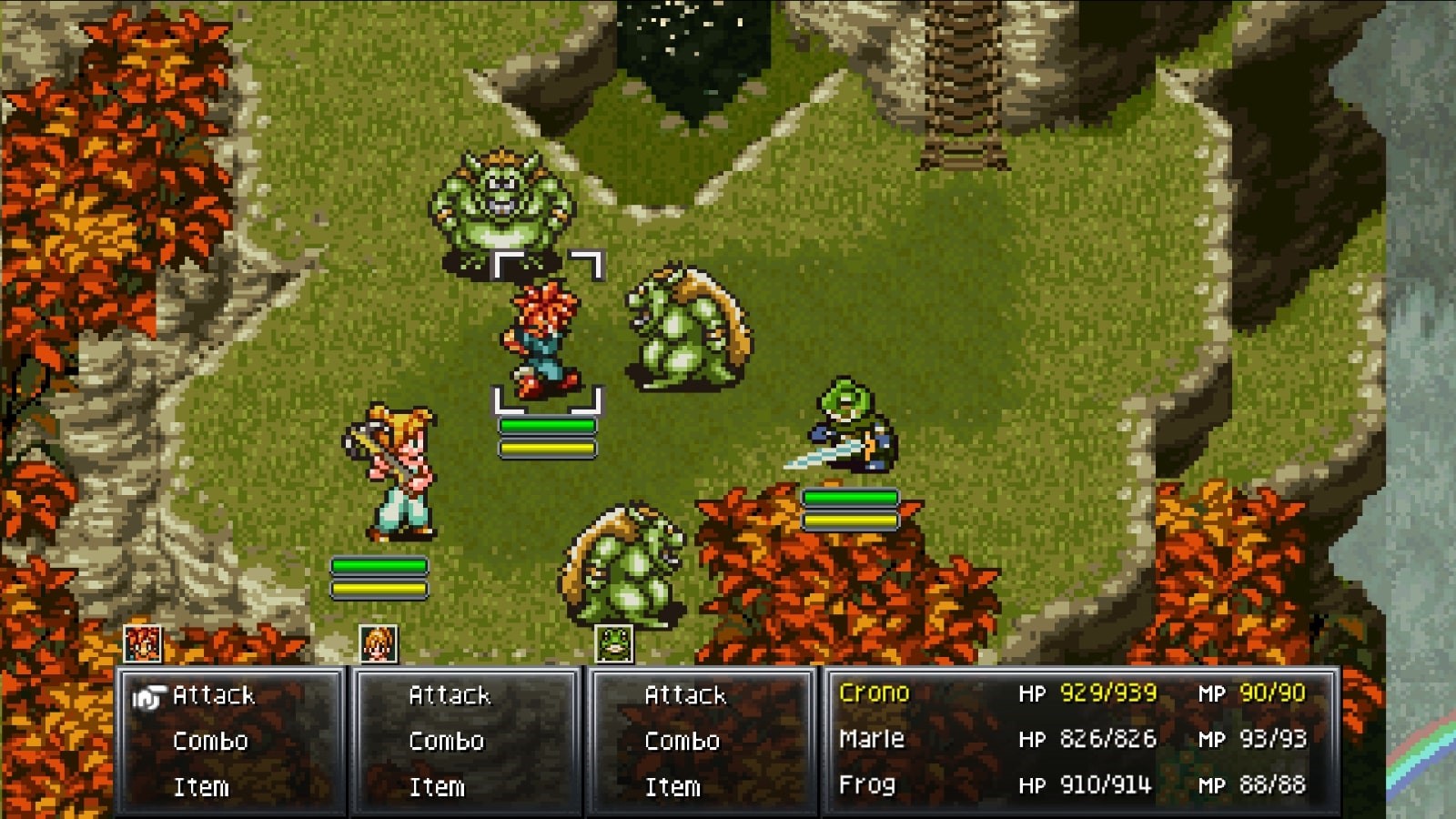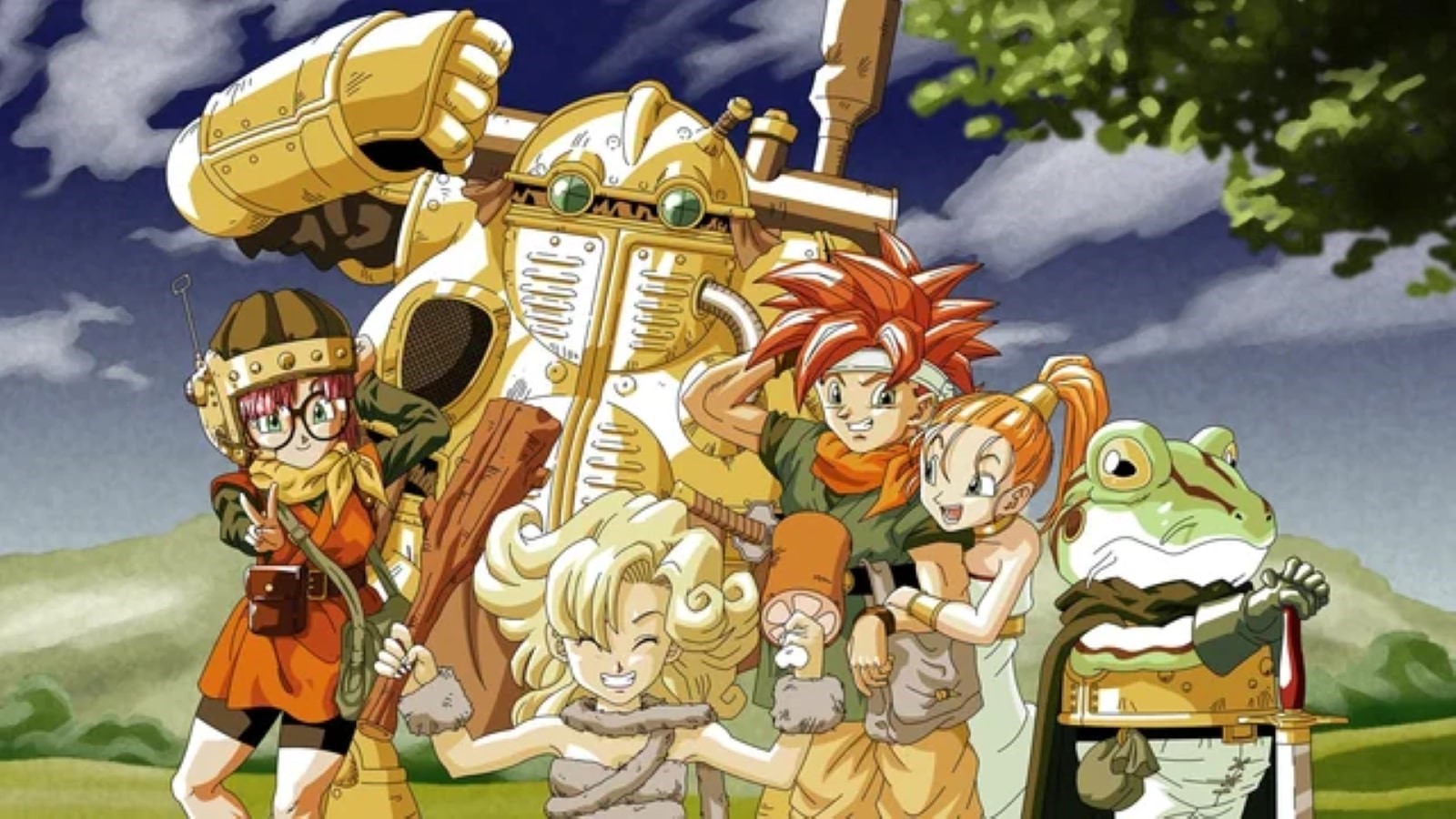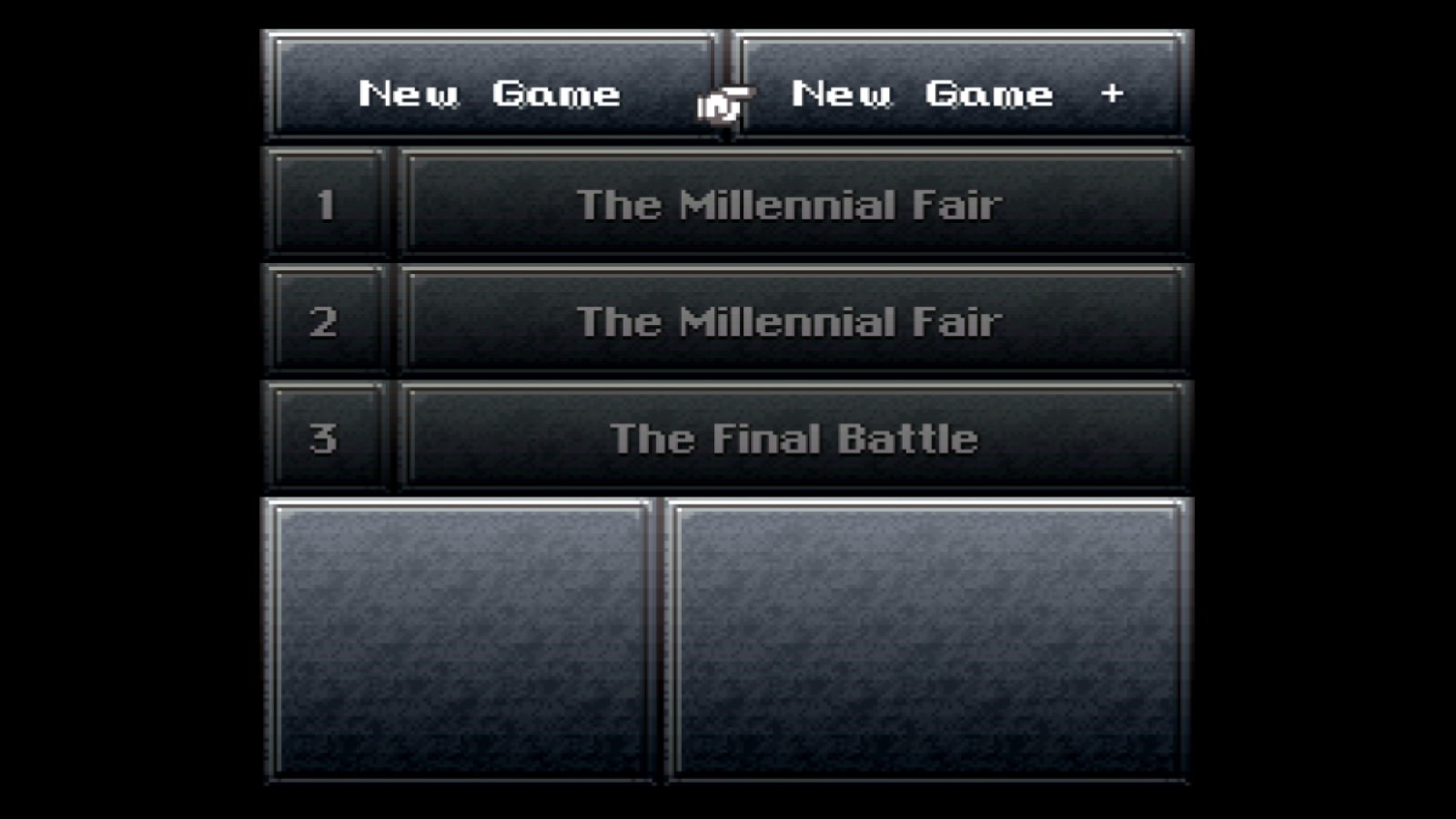When it comes to Japanese role-playing games, you can’t skip mentioning classics like Phantasy Star IV, Final Fantasy VI, and Dragon Quest V and VI. Even though they came out in the ’90s, they’re still some of the best in the JRPG world. But honestly, there’s no game that screams “best JRPG of all time” louder than Chrono Trigger.
Chrono Trigger is undoubtedly one of the best–if not the best JRPG ever created. This beloved jRPG game first graced the gaming scene in 1995, finding its home on the Super Nintendo. Its origin story is nothing short of legendary – a dream team of the era’s most skilled RPG creators converged to craft this monumental masterpiece.
Back in 1995, Chrono Trigger made its debut on the Super NES. It’s a time-travel adventure that begins in a charming village, like many other Super Nintendo JRPGs, but it takes you on a journey across space and time as your party jumps between different eras.
Chrono Trigger’s Turn-Based Combat Was Seamless

In Chrono Trigger, the battles are a bit like what you’d find in games like Final Fantasy and Dragon Quest from back then. You’ve got your basic attacks, a handful of magic spells, and a few healing items to pick from. Some battles require a bit of thinking about who to target with which attack, but it’s that classic, simple style for the most part.
What sets Chrono Trigger apart is how it handles encounters with enemies. Unlike the usual transition from the map to a separate battle screen, in this game, you can actually see the enemies on the map itself. When you get close, boom, you’re in a fight, right there in the same place you were exploring.
This doesn’t totally change how battles play out, but it does wonders for the game’s overall feel. Dungeons feel vibrant, like they’re bustling with life, rather than just empty spaces that suddenly switch to a battle scene every now and then. Battles in Chrono Trigger felt more seamless and cohesive than the annoying transition and repetitive music in retro JRPGs.
Chrono Trigger Was An Ambitious Collaboration Between Some Big Names

Square heavily promoted the dream team of Sakaguchi, Horii, and Toriyama, but honestly, a game as intricate as Chrono Trigger needed more than just their genius. Sakaguchi and Horii were titled as “supervisors,” yet the game had its own dedicated producer and three directors. (Toriyama’s role remains a bit of a puzzle—some sources suggest he only designed the characters’ front views, leaving the artists to improvise their backs.)
Nonetheless, the game’s overall artwork undeniably echoed Toriyama’s iconic Dragon Ball style, which remains legendary even today.
Chrono Trigger Has A Timeless Soundtrack
Sure, plenty of seasoned Final Fantasy experts played pivotal roles. Still, Chrono Trigger also provided a breakout chance for two newcomers: Masato Kato, the lead writer, and Yasunori Mitsuda, a sound effects specialist from Final Fantasy V who persuaded Square to let him compose music. Chrono Trigger marked his debut, and even though he was an unfamiliar name back then, some argue that his impact on the game was greater than any other individual’s.
Mitsuda’s first-ever soundtrack was a real game-changer. What he delivered was seriously impressive, especially for a newcomer. He went in a different direction from the usual sounds of Final Fantasy and Dragon Quest, adding a jazzy vibe that fit both the action-packed moments and the quieter ones. But there’s a twist in this success story.
Mitsuda’s dedication to his work landed him in the hospital with ulcers from all the stress of working on Chrono Trigger. That’s when Nobuo Uematsu, the composer of Final Fantasy, stepped in to lend a hand and create a few tracks to help finish the game while Mitsuda recovered.
Chrono Trigger Created What We Know As New Game+ Today

Sometimes, we forget that the terms we use in gaming were born in specific games. Take the Quick Time Event, for instance—it started with Shenmue. And that term “New Game +”? Well, it actually came from Chrono Trigger. Once you’ve completed the game once, you get to start over with most of your powers and items intact. It’s like reliving the adventure, but this time, you’re a powerhouse, breezing through tough bosses like a pro.
New Game + isn’t just for speed-running, though. It’s a chance to level up your characters fully. Even if you did all the sidequests, chances are you haven’t unlocked every battle ability for all seven characters. Plus, those cool Double Techs and Triple Techs that let characters team up for epic moves? You probably haven’t tried them all yet.
And guess what? New Game + is the key to unlocking different endings. While most games at that time had one ending, Chrono Trigger had a whopping dozen. It’s all part of the game’s way of playing with the concept of changing the past.
Conclusion
Chrono Trigger remains timeless (pun intended) precisely because it’s irreplaceable. It stood as the ultimate achievement of 2D, 16-bit RPGs, benefiting from years of combined wisdom from two rival teams. It’s like they poured all their know-how into crafting the perfect 2D game. Plus, it arrived just before the Japanese RPG scene was about to switch almost entirely to 3D.
Their next venture, Final Fantasy VII, forced RPGs into the polygonal realm, altering the landscape. This shift reset a lot of the hard-earned skills and expertise from previous games, marking the end of an era dominated by the likes of Chrono Trigger.

